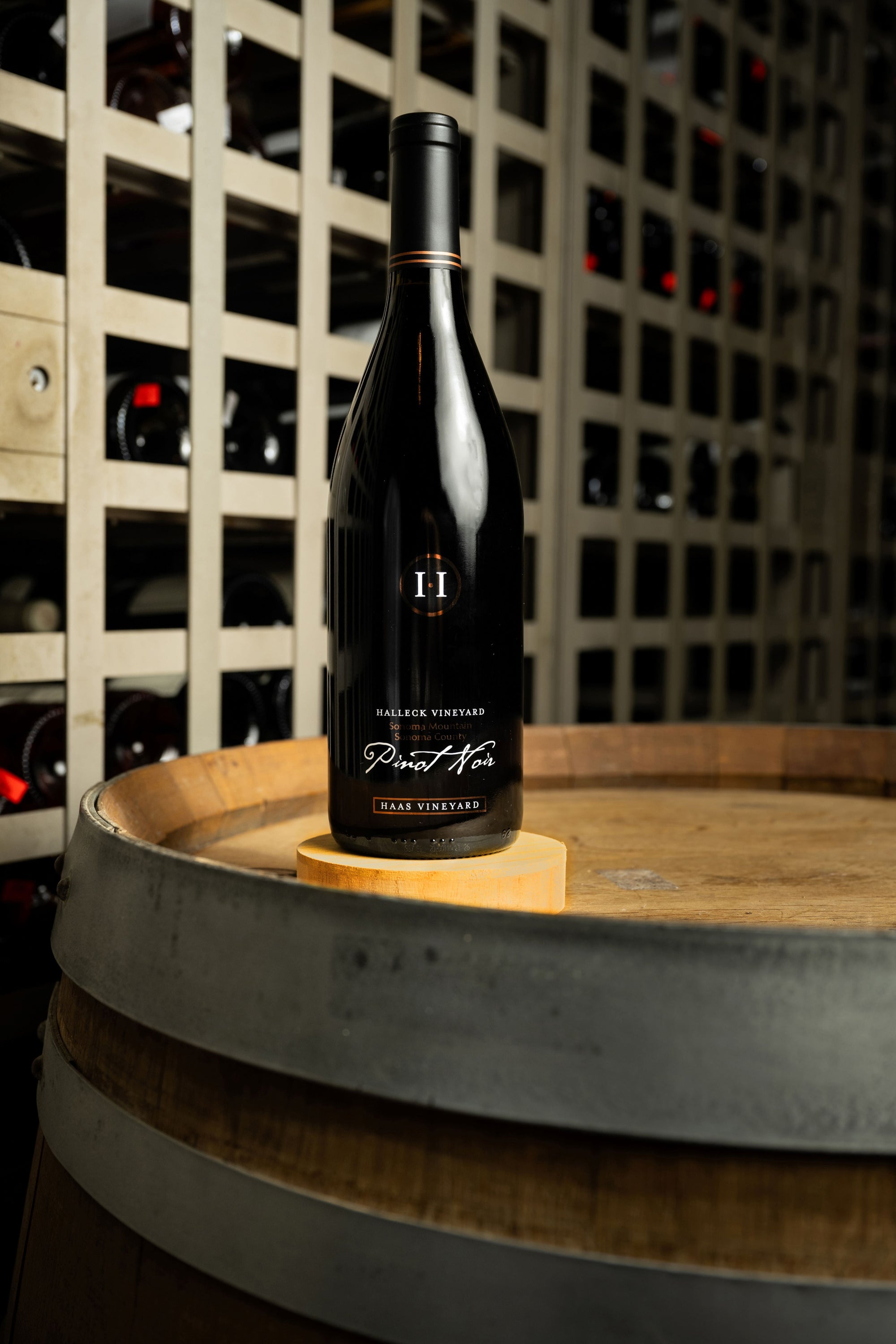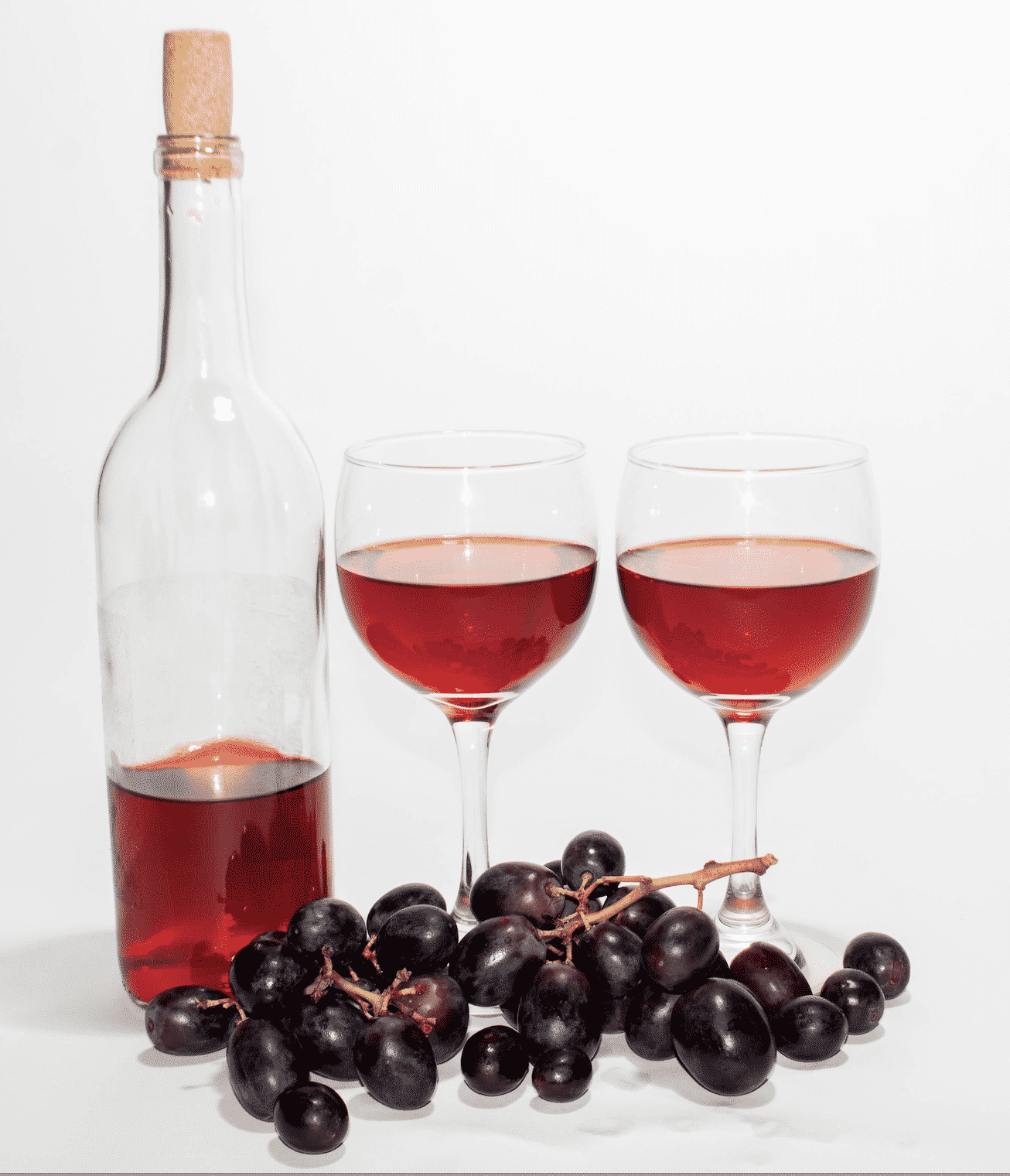Wineries With Outdoor Seating - The Charm Of Sonoma Wineries
Wineries With Outdoor Seating - The Charm Of Sonoma Wineries
Blog Article
Wineries In Sebastopol - Explore Sebastopol Area Vineyards
Visiting a winery for a wine tasting can be an enchanting experience, especially when you perceive how to maximise the chance with tasting notes. These notes serve as a guide to understanding the complexities of the wines you pattern and assist in forming a deeper reference to each pour. Utilizing tasting notes can rework your experience, allowing you to savor not just the taste but also the story behind every bottle.
Every wine has a novel profile influenced by grape selection, terroir, and winemaking techniques. Understanding these elements can enhance your appreciation of the wine. When you might be given a tasting menu or a flight of wines to pattern, take the time to learn through any descriptions supplied (Wineries In Sebastopol). This preliminary overview can set the tone and expectations on your tasting experience.
Start your wine tasting by observing the wine in your glass. The color can reveal lots in regards to the wine’s age and varietal. Take notes on the hue, clarity, and viscosity. A well-structured tasting note typically contains this visual assessment because it varieties the foundation of your analysis. Whereas it may seem trivial, the visible side is crucial in wine tasting.
Wineries Offering Educational Wine Seminars - Sonoma's Finest Wineries
After your visible assessment, it's time to take a gentle whiff. Swirl the wine in your glass to aerate it, releasing its aroma. This is the place tasting notes become notably useful. Make notes about the different scents you detect—fruits, spices, or floral hints. Identifying these aromas will assist you to put words to the intrinsic complexities of the wine you might be sampling.
The next essential step is the tasting itself. Take a small sip and let the wine roll over your palate. Note the flavors you experience. Are they sweet or tart? Where does your palate detect every flavor? Some wines may present quick sweetness adopted by a tannic end. Use your tasting notes to document these layers, creating a roadmap of your sensory experience.
Think About also the mouthfeel of the wine as you style. Is it smooth, crisp, creamy, or maybe tannic? This textural quality significantly influences the general enjoyment and impression of the wine. Observing the mouthfeel can reveal the standard and craftsmanship behind the winemaking course of.
It Is useful to match different wines as you taste them. If you're sampling a flight with contrasting varietals, make a note of the differences you perceive. How does the acidity vary from one wine to another? Which wine feels fuller, and which is extra refreshing? This comparative train deepens your understanding and helps sharpen your analytical skills.
Wineries Ideal For Large Groups - A Visit To Sebastopol Wineries

Have Interaction with the winery workers while tasting. Educated hosts often share insights concerning the winery's history, the particular vintage, or the winemaking philosophy, enriching your appreciation of the wine. Do Not hesitate to ask questions that pique your interest based mostly in your tasting notes. Many hosts enjoy discussing their wines and can offer a wealth of knowledge that isn’t available from printed supplies. Wine Tasting Trails In Sonoma Valley.
Maintain in thoughts the seasonality of wines as you style. Different wines evoke various moods and pair well with distinct culinary experiences. Take notes on the way you would possibly take pleasure in a particular wine with food. This not only adds context to your tasting notes but additionally aids future selections and purchases.

One Other useful tip while utilizing tasting notes at a winery is to document your impressions immediately. As wines can blend and create a uniform flavor reminiscence, jotting down your thoughts promptly ensures a more correct reflection of your experience. Use adjectives that resonate with you, crafting a personal vocabulary to explain every wine based in your preferences.
After finishing the tasting, find this evaluation the notes you’ve taken. Mirror on which wines stood out to you and why. This reflection reinforces your tasting experience and highlights what you may seek in future purchases. If you have famous particular aromas or flavors that captivated you, this info empowers you to pick out wines that align along with your palate.
Wineries Showcasing Local Art And Crafts - Winery In The Sonoma Wine Region
Wine tasting also can serve as an opportunity for socializing. Sharing your tasting notes with companions can ignite engaging discussions on flavors, preferences, and impressions. This communal aspect of wine tasting usually enhances the experience, cementing lasting recollections you could recall with a cup of wine in hand.
In conclusion, utilizing tasting notes at a winery wine tasting can considerably enhance your experience. By observing the visible elements, aromas, flavors, mouthfeel, and even the tales behind the wines, you create a wealthy tapestry of notes that may guide your future wine experiences. Participating with the employees, comparing wines, and reflecting in your impressions will deepen your appreciation for the art of winemaking. Each tasting is an opportunity to find and join with wines in thrilling new methods. With practice, your tasting notes will evolve, turning into a cherished component of your wine journey.
Wineries Known For Handcrafted Wines - Sebastopol Wine Country
- Start by familiarizing yourself with the winery's tasting notes; they usually describe the wine’s aroma, flavor profile, and finish, providing a helpful framework.
- Use your senses of sight and odor earlier than tasting; swirl the wine in your glass, observe its colour, and inhale its bouquet to capture the wine's preliminary traits.
- When tasting, take a small sip and let the wine coat your palate; focus on the primary flavors and any secondary notes that may emerge, similar to fruit, spice, or earthiness.
- Pay consideration to the feel and mouthfeel of the wine; is it smooth, tannic, creamy, or crisp? This aspect can considerably improve your understanding of the wine.
- Compare the tasting notes with your sensory experience, noting any similarities or discrepancies, which might deepen your appreciation of every wine’s complexity.
- Consider the wine’s aging potential by analyzing its construction and stability; some wines may be gratifying now, whereas others may evolve fantastically over time.
- Take notes in the course of the tasting; recording your impressions might help you remember every wine better and refine your palate for future tastings.
- Engage with the tasting workers; ask questions concerning the wine manufacturing course of, grape varieties, and the specific notes you are detecting to reinforce your knowledge and experience.
- Discover pairing suggestions alongside your tasting; understanding which meals complement the wine can enrich both the tasting experience and your appreciation for the wine's nuances.
- Respect various preferences among your group; wine tasting is subjective, and inspiring open dialogue about individual tastes can result in a more gratifying and informative experience.undefinedWhat are tasting notes, and why are they essential at a wine tasting?undefinedTasting notes are descriptions of the flavors, aromas, and overall impressions of a wine. They are essential as a outcome of they guide your palate and enhance your understanding of the wine's traits, helping you respect different varieties and styles.
How ought to I take notes during a wine tasting?undefinedYou should give consideration to key parts corresponding to aroma, flavor, body, acidity, and end. Use a structured format or template to categorize your thoughts and write down your impressions instantly after tasting. This helps you remember your thoughts More Info later.
Am I Able To use my own words to explain a wine, or ought to I stick to plain tasting terms?undefinedYou can completely use your own words to explain a wine. Whereas standard tasting phrases may help convey specific qualities, personal descriptors add authenticity to your notes and may make your wine experience extra enjoyable and relatable.
Ought To I focus on specific flavors within the wine or the general experience?undefinedBoth elements are necessary. While specific flavors assist you to establish the unique characteristics of a wine, the general experience encompasses how all elements combine—creating a more holistic understanding of the wine.
Wineries Known For Their Beautiful Gardens - Sonoma Wine Tasting Recommendations
What if I cannot identify sure aromas or flavors during a tasting?undefinedIt’s frequent to have problem identifying particular tastes or scents. Don’t hesitate to ask for help or steering from the staff on the winery. They can provide insights and assist refine your palate over time via practice.
How can I use tasting notes to choose wines within the future?undefinedBy reviewing your tasting notes, you'll be able to identify your preferences and developments in your wine decisions. This lets you select wines that align along with your palate in future tastings and purchases, making your experience more gratifying.
Is it applicable to check wines during a tasting?undefinedSure, comparing wines can be useful. It helps highlight the variations in flavor profiles and attributes, permitting you to develop a deeper appreciation and understanding of each wine's distinctive qualities.
What should I do if I disagree with the tasting notes offered by the winery staff?undefinedDisagreement is a pure part of wine tasting! Use it as a possibility to discuss your impressions with the employees; they'll provide further context or information about the wine, which may enrich your experience.
Wineries Renowned For Cabernet Sauvignon In Sonoma - The Charm Of Sonoma Wineries
How should I manage my tasting notes after the event?undefinedAfter the tasting, organize your notes by wine kind, producer, or personal preference. Contemplate creating a digital or bodily journal which can be referenced for future tastings and wine alternatives, making it easier to recall your experiences. Report this page